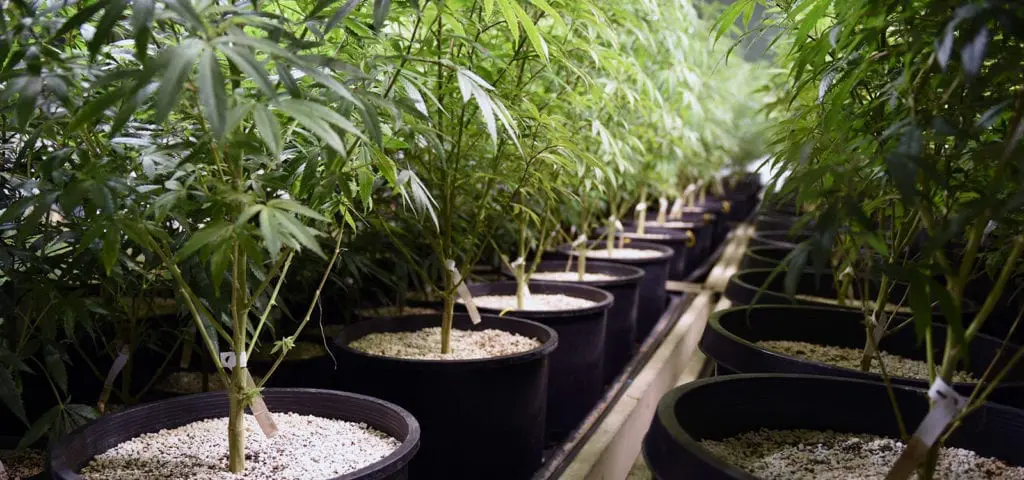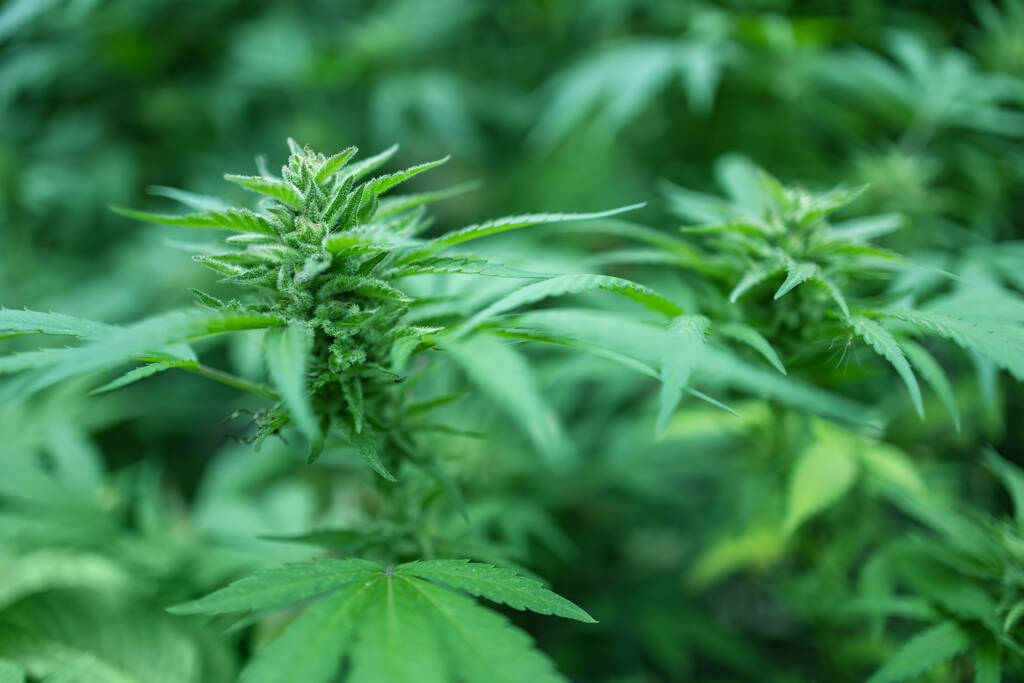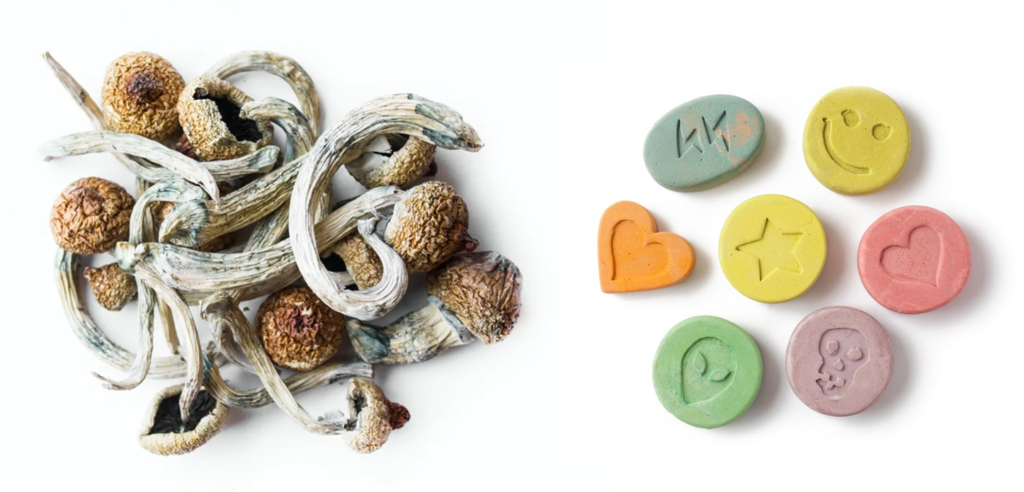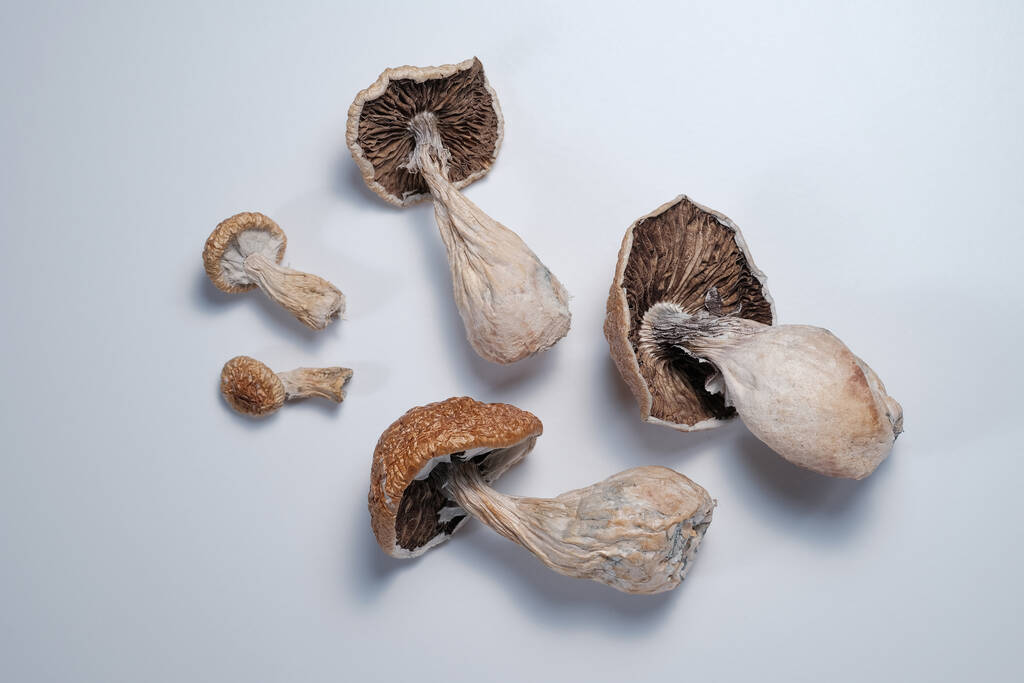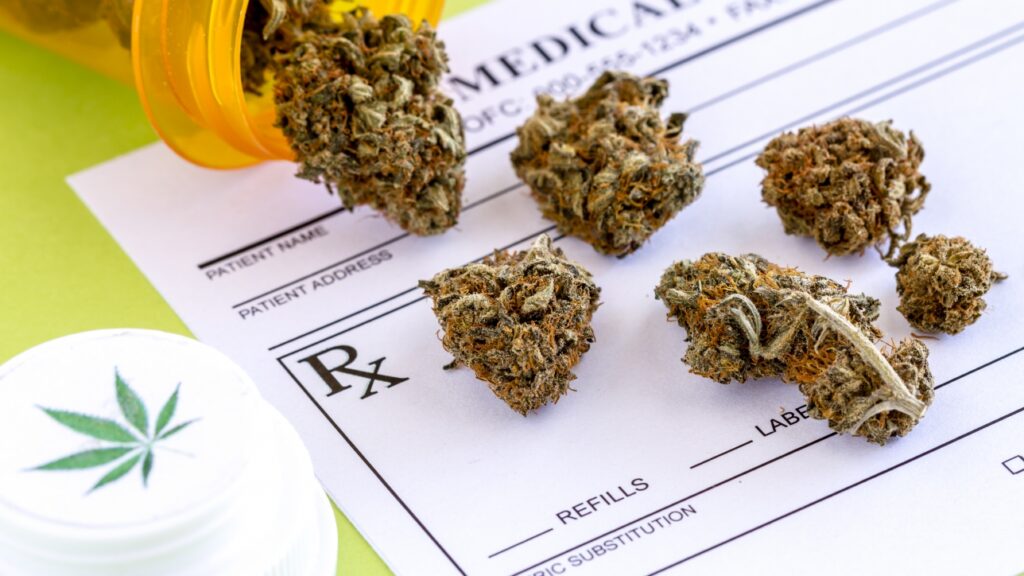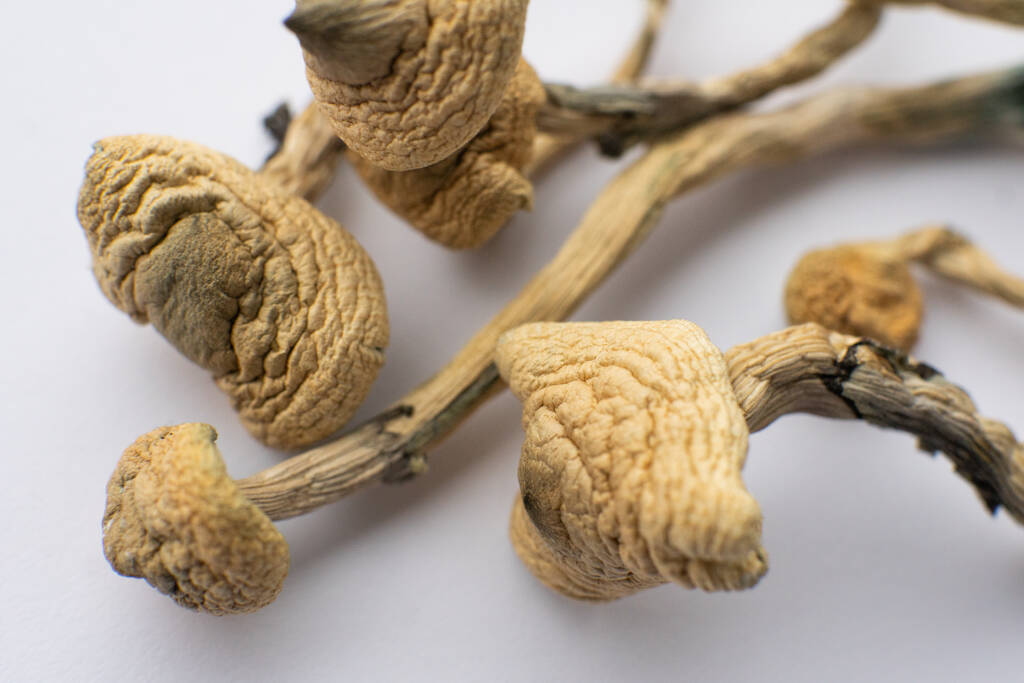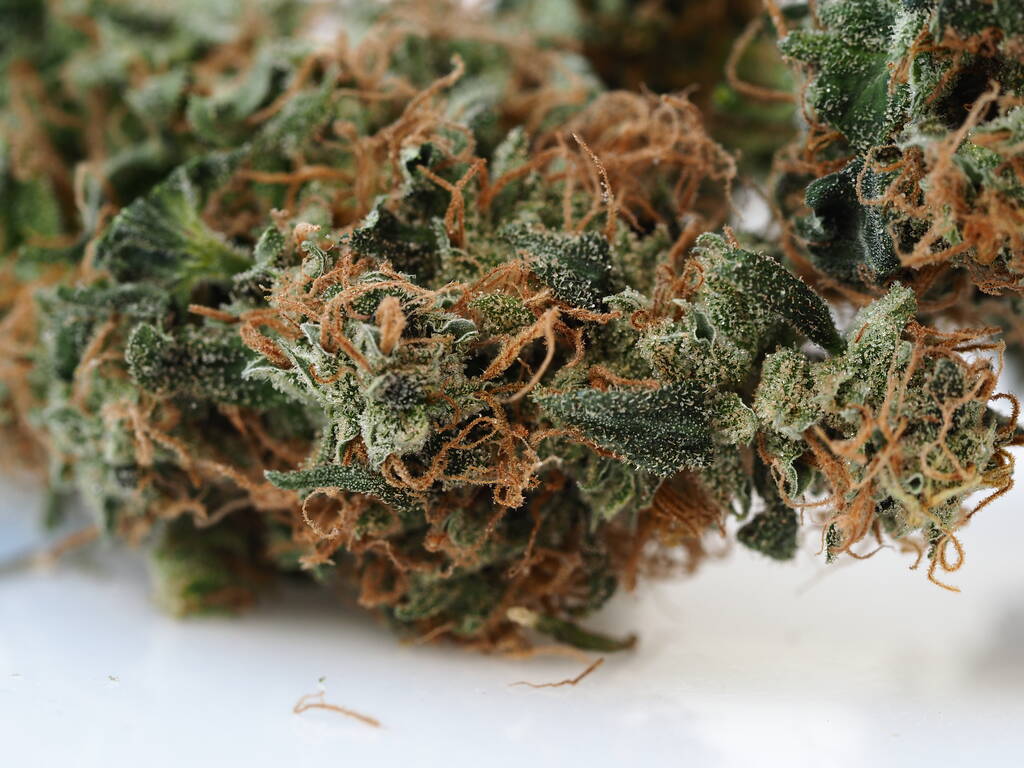Today, nine West Virginia lawmakers introduced House Bill 2887, which would legalize recreational cannabis.
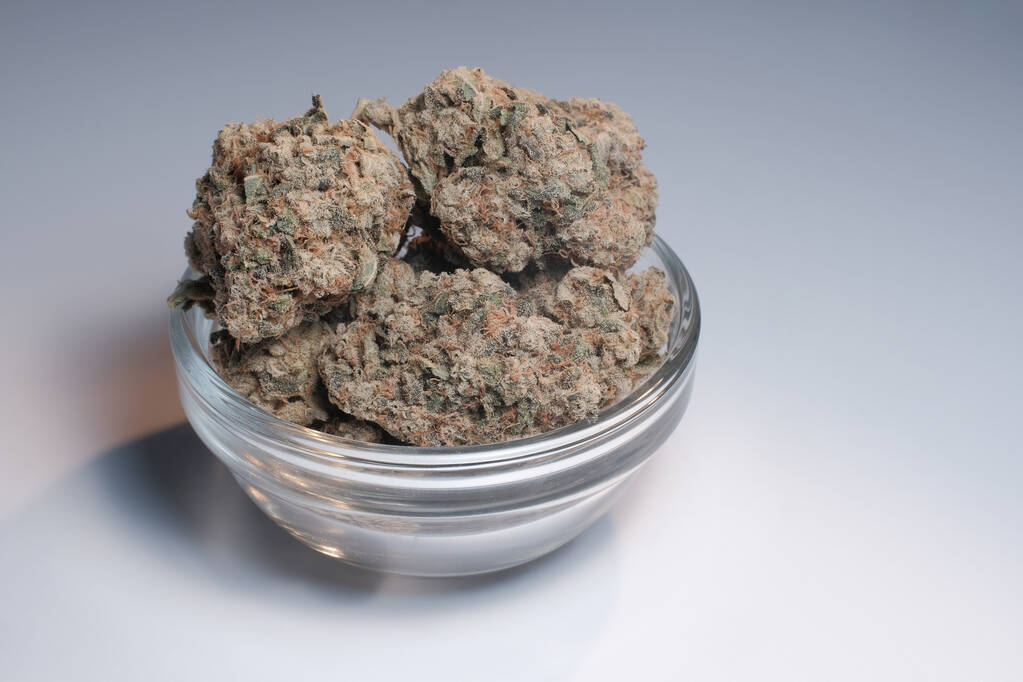
The bill, led by Delegate Evan Hansen, has been assigned to the House Judiciary Committee for further deliberation. Cosponsors include Delegates Hollis Lewis (D), John Williams (D), Rick Garcia (D), Sean Hornbuckle (D), Kayla Young (D), Mike Pushkin (D), Shawn Fluharty (D), and Anitra Hamilton (D).
The proposed law would allow those 21 and older possess up to one ounce of cannabis and authorizes the production, sale, transfer, and transport of cannabis within counties that approve such measures through local referendums. The West Virginia Bureau for Public Health would oversee the permitting and licensing of cannabis-related businesses, while the Department of Revenue would manage taxation.
Continue reading

